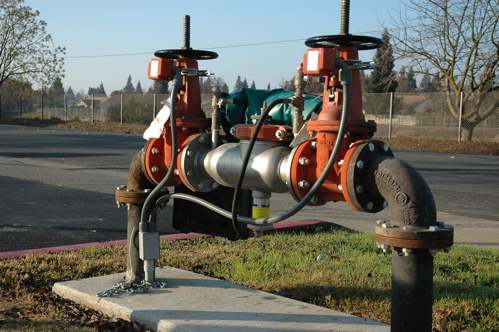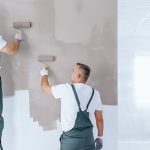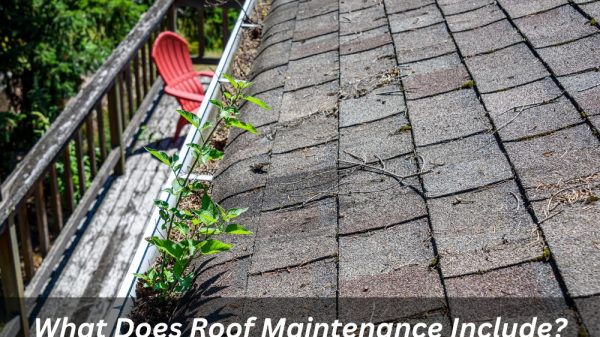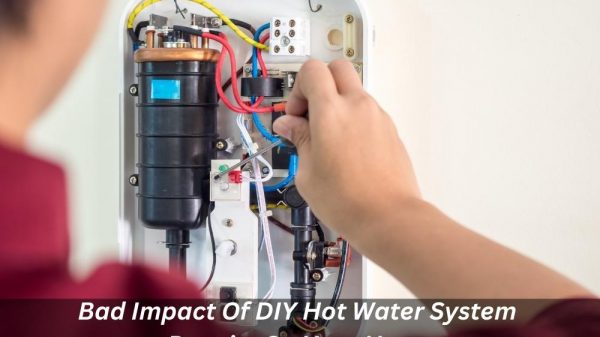Backflow is bad news or sometimes worse. Whether it comes in the form of backpressure backflow or backflow siphonage, the unfortunate occurrence of non-potable water streaming back into the usable water supply is a serious potential health crisis situation. If the pressure in the hoses changes for any reason due to pipes freezing, water main bursts or when multiple fire hydrants are opened at once, there is a greater chance for there to be a flow reversal.
Water that enters a home or building’s protection, plumbing, or irrigation system from a main water supply line should only flow in one direction: into the property. But sometimes, pressure changes in the pipes can cause water to seep back into the main supply line. For instance, a water-main break or the opening of a fire hydrant can cause water pipes to lose pressure. When that happens, water is no longer pushed forward into the property, enabling it to flow backward into city water supplies. During normal operation, the pressure between the two check valves—referred to as the zone of reduced pressure—is maintained at a lower pressure than the supply pressure. If either check valve should leak, the relief valve is designed to open and discharge water to the outside, ensuring backflow never occurs. It’s important to understand that assemblies, while more reliable, experience much higher pressure and volume loss than double-check assemblies. Fluctuations in line pressure, upstream or downstream, will prompt a properly functioning assembly to periodically discharge small amounts of water. During a backflow condition, a large volume of water will flow from the relief valve. For this reason, assemblies shouldn’t be installed in areas subject to water damage. Adequate drainage must also be provided.
To prevent this undesirable circumstance, a backflow prevention device is required, in addition to regular checkups. Backflow checking, therefore, is a critical part of the annual maintenance you should undertake for your business. In some places, such as Sydney, businesses (and some residences) with commercial sprinkler systems are forced to have their backflow prevention assemblies tested annually by a certified backflow inspector. What should you expect during such an inspection?
Types of backflow prevention devices
In terms of the equipment that will be checked, there are two possible options: a reduced pressure principle device or double check valves. Both include a mechanical backflow preventer – essentially, a physical barrier to the backflow.
In order to prevent backflow siphonage, which is the reversal of a normal septic system flow, you should have professionals determine the pressure within your plumbing and see if it’s in any danger of causing a problem like this.
What should you know?
In circumstances where the backflow prevention device should be inspected annually, be sure to partner with a backflow trained and licensed professional who has plenty of experience in the area. When testing the device, the backflow certified plumber will first turn off the downstream shut-off valve and wait for a few minutes, and then he’ll test the pressure in the system by hooking up test kit hoses. The plumber is basically looking for areas where the pressure isn’t what it should be.
The cost of having your backflow preventer inspected varies based on your location and the companies you may choose from. In order to make sure contaminants from animal feces, pesticides and fertilisers aren’t getting into your drinking water, however, it’s critical to partner with a company that’s been around for a long time and has a stable of experienced certified backflow professionals at its beck and call. When water enters your home from the main water supply line, it should only ever flow in one direction: into your home. But sometimes, due to pressure changes in the pipes, that water can actually flow backwards and seep back into the main water supply line.
For example, backflow can happen when there’s a break in the main water line or when a fire hydrant is opened for use. Because pressure is lost during these events, water is no longer being pushed forward into your home and will flow backwards into the city water lines. Backflow prevention systems are devices installed onto a pipe that only allow water to flow in one direction. Think of it as a one-way gate that allows water from the city’s public water supply to flow into your home’s piping but stops water if and when it ever tries to flow backwards into the main water supply.
And when this happens, backflow can contaminate the public drinking supply with:
- Fertilisers/pesticides
- Human waste
- Chlorine from pools/spas
- Soap from sinks/dishwashers/showers
And that’s where a backflow prevention system comes in handy. Let’s take a closer look at how a backflow prevention system works.
For more information about our backflow preventer inspection services and to learn why backflow prevention devices are critical for public health, contact your local plumbing experts at Plumbers 2 You today.












